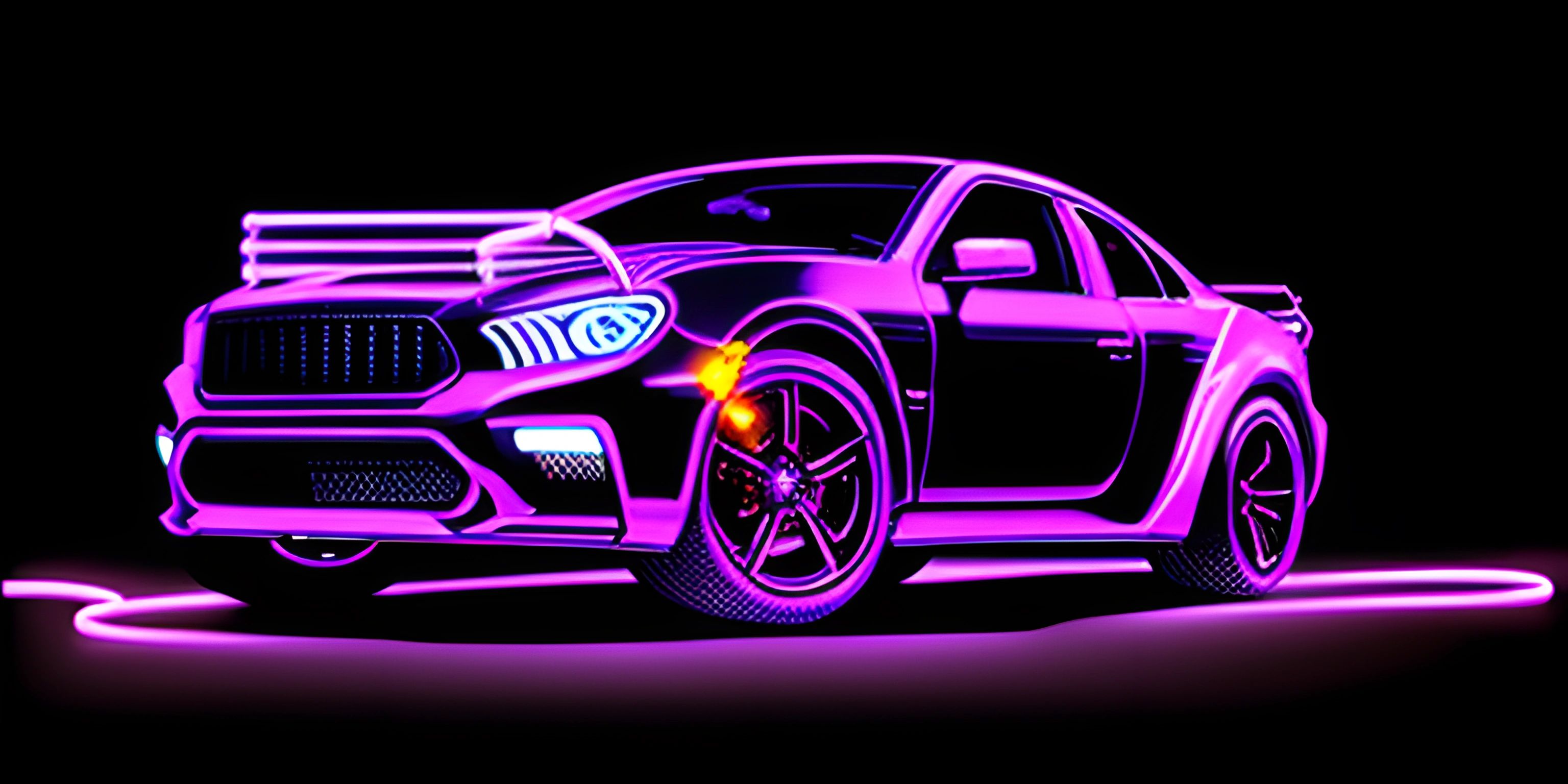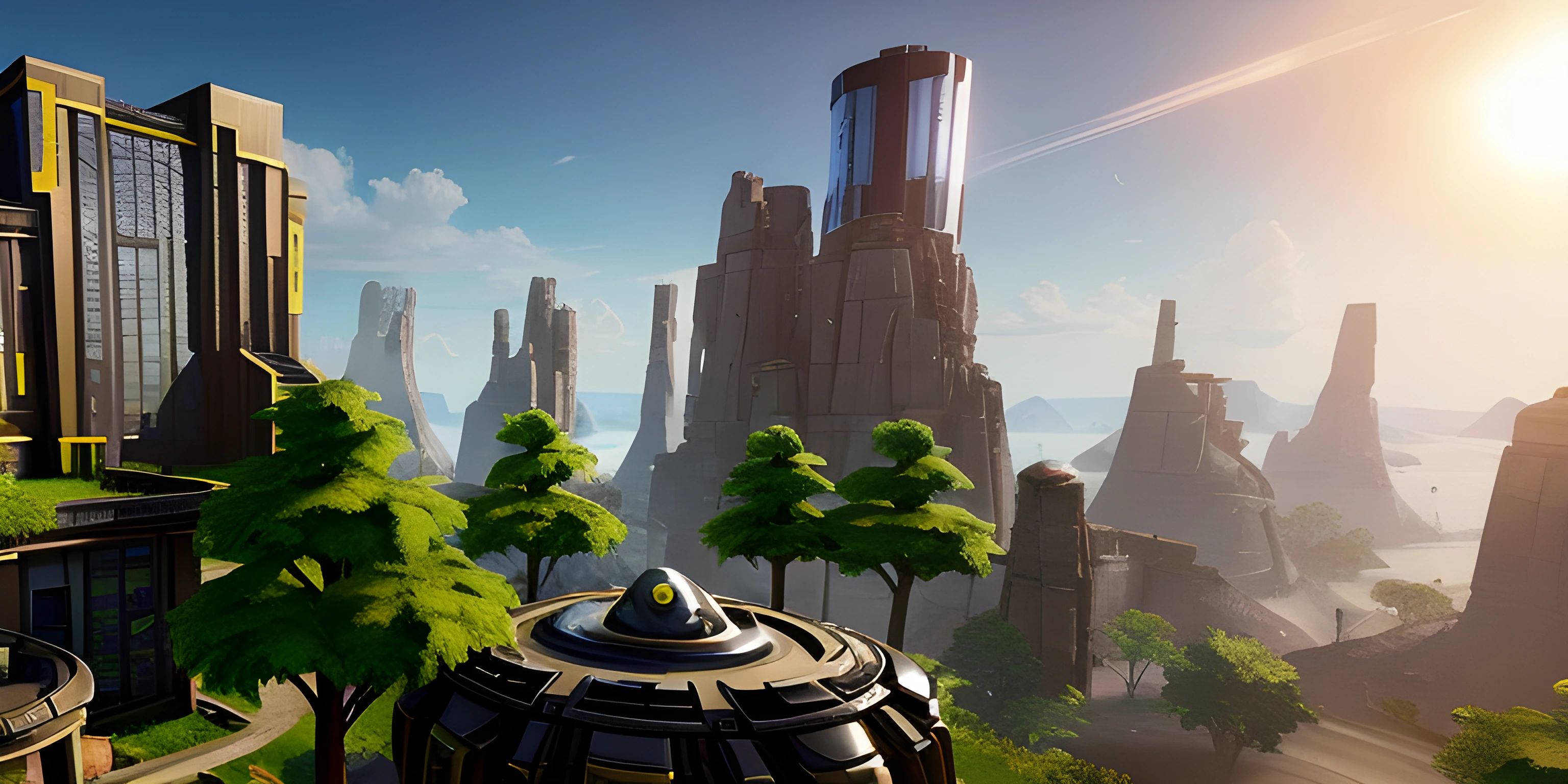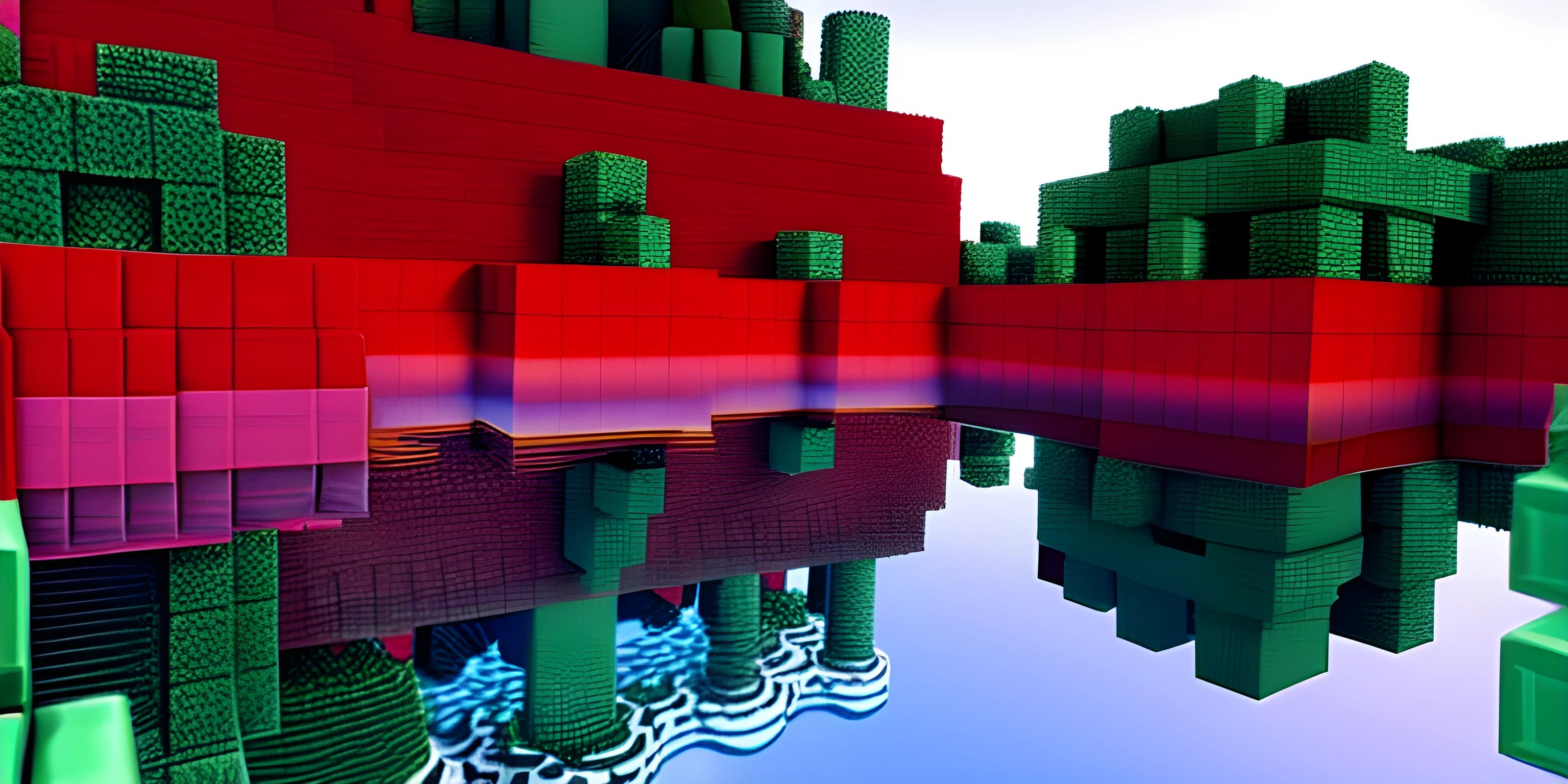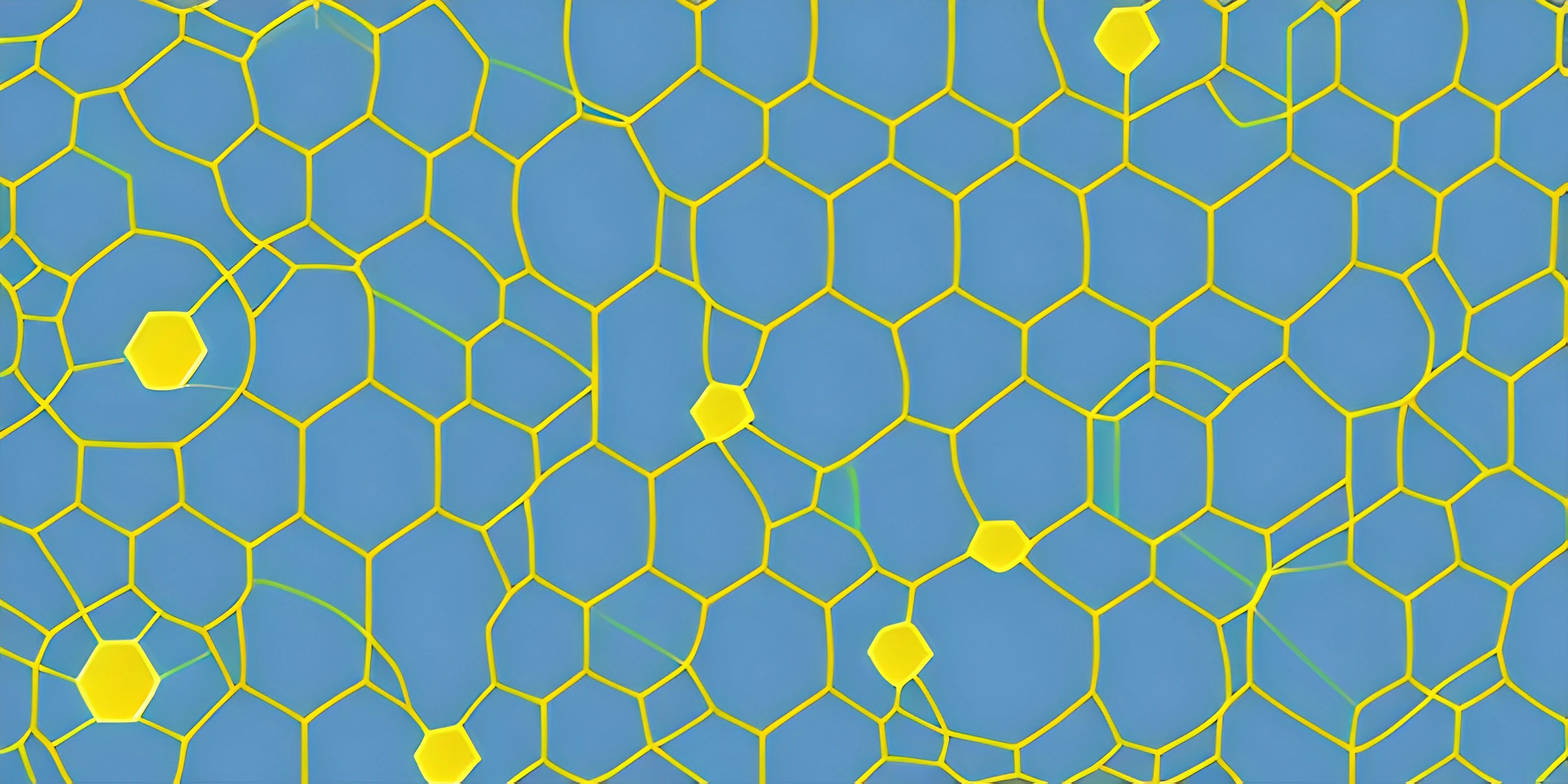PhysX Physics Engine

Note: this page has been created with the use of AI. Please take caution, and note that the content of this page does not necessarily reflect the opinion of Cratecode.
PhysX is a powerful and widely-used physics engine developed by NVIDIA, designed to help game developers create realistic and immersive experiences. It allows for accurate simulations of various physical phenomena, such as collisions, fluid dynamics, and particle-based effects. In this article, we'll explore the main features of PhysX and how it can be integrated into game development projects.
Features
Rigid Body Dynamics
Rigid body dynamics is a fundamental aspect of game physics, representing objects that don't change shape under force or impact, such as walls, crates, and vehicles. PhysX provides robust collision detection and response algorithms, ensuring that objects in a scene interact in a realistic manner.
// Creating a rigid body actor with PhysX PxRigidDynamic* rigidBody = PxCreateDynamic(*physics, PxTransform(PxVec3(0, 0, 0)), PxBoxGeometry(1, 1, 1), *material, density);
Soft Body Dynamics
Unlike rigid bodies, soft bodies (such as cloth, rope, and jelly-like objects) can deform and change shape as they interact with other objects or forces in the scene. PhysX includes advanced algorithms for simulating these types of interactions, allowing for realistic and visually appealing results.
// Creating a cloth actor with PhysX PxCloth* cloth = physics->createCloth(transform, fabric, particleData, PxClothFlag::eSWEPT_CONTACT_MODEL);
Fluid and Particle Simulation
PhysX offers support for fluid and particle simulations, which can be used to create realistic effects like water, smoke, and other natural phenomena. The engine uses a technique called Smoothed Particle Hydrodynamics (SPH) to simulate fluid behavior accurately and efficiently.
// Creating a particle system with PhysX PxParticleSystem* particleSystem = physics->createParticleSystem(maxParticles);
Vehicle Simulation
PhysX provides a comprehensive vehicle simulation framework that allows developers to create realistic and tunable driving experiences. This includes features like tire friction models, suspension, and aerodynamics.
// Creating a vehicle with PhysX PxVehicleDrive4W* vehicle = PxVehicleDrive4W::allocate(numberOfWheels); vehicle->setup(physics, vehicleRigidBody, wheelSimData, driveData, numberOfWheels - 4, tireData);
Integration with Game Engines
PhysX can be integrated into various game engines, such as Unity and Unreal Engine, offering developers a seamless workflow for incorporating realistic physics simulations into their games. Both Unity and Unreal Engine have built-in support for PhysX, making it easy to leverage its capabilities without the need for extensive customization.
Summary
PhysX is an essential tool for game developers looking to create immersive and believable experiences. Its wide range of features, including rigid and soft body dynamics, fluid and particle simulations, and vehicle simulations, enables developers to tackle complex physics problems with ease. By integrating PhysX into popular game engines like Unity and Unreal Engine, it becomes a powerful asset in the game development process.
Hey there! Want to learn more? Cratecode is an online learning platform that lets you forge your own path. Click here to check out a lesson: Full-stack Web Frameworks (Next.js) (psst, it's free!).





